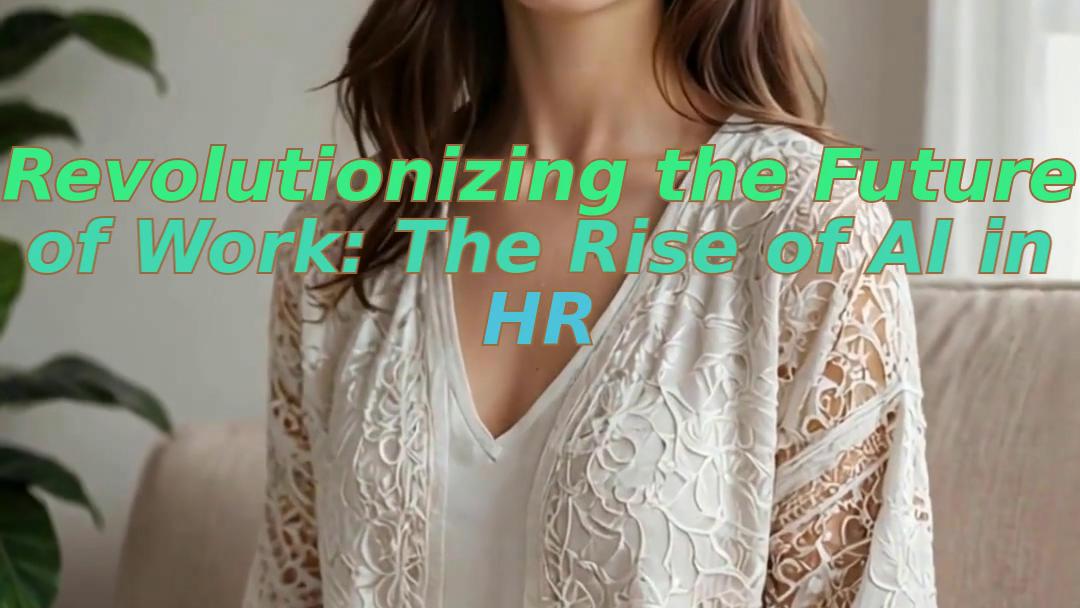Oracle Enhances Cloud HCM With AI, Boosting HR Efficiency
Thursday, Feb 6, 2025 11:02 am ET
Oracle, a leading technology company, has recently announced significant enhancements to its Cloud Human Capital Management (HCM) suite, integrating artificial intelligence (AI) to help businesses improve HR efficiency. By embedding AI in end-to-end workflows, Oracle is providing targeted, practical solutions that address the challenges faced by HR professionals in managing employee lifecycle processes.

The integration of AI in Oracle Cloud HCM specifically addresses the challenges faced by HR professionals in managing employee lifecycle processes by automating and streamlining various tasks, providing personalized insights, and enhancing the overall employee experience. Here are some key AI-driven features that contribute to improved HR efficiency:
1. Career and Performance Development:
- *Career Planning Guide*: Helps employees create actionable career progression plans by suggesting recommended career goals, providing roadmaps, and summarizing available skill development activities.
- *Performance and Goals Assistant*: Assists employees in setting and achieving performance goals by suggesting ways to improve goal writing and developing potential plans to keep employees on pace to meet goals.
- *Learning and Training Advisor*: Recommends specific training and development opportunities to employees based on their unique training history, current skillset, and future career objectives.
2. Compensation and Benefits Management:
- *Timecard Assistant*: Automates timecard submissions, ensuring timely and accurate tracking of hours worked.
- *Tax Withholding Guide*: Guides employees through W-4 elections for U.S. tax withholding, ensuring the correct amount of tax is withheld.
- *Compensation Guidelines Analyst*: Provides insights and information on market trends and company policies around compensation for new hires and promotions.
- *Leave and Absence Analyst*: Helps employees navigate leave and absence policies, assisting with requests and explaining employee rights and benefits.
3. Employee Lifecycle Management:
- *New Hire Onboarding Assistant*: Seamlessly guides new employees through the onboarding process, offering information on company policies, culture, and essential resources.
- *Job Seeker Analyst*: Helps employees identify and prepare for new opportunities within their organization by offering resume tips, interview coaching, and job search strategies.
- *Perks and Awards Analyst*: Informs employees about company-provided benefits and flags awards they qualify for, helping managers understand policies and recognition programs.
- *Personal and Employment Details Assistant*: Manages and updates personal and employment information, providing information on employee lifecycle events like promotions, transfers, and relocations.
- *Employee Contracts Analyst*: Reviews employment contracts and summarizes clauses, helping employees understand their terms and conditions.
ORCL Total Revenue
By embedding AI in end-to-end workflows, Oracle is providing targeted, practical solutions that address the challenges faced by HR professionals in managing employee lifecycle processes. This approach differs from other tech companies that may focus on developing general-purpose virtual assistants. Oracle's strategy offers several advantages to customers, including improved efficiency and productivity, cost savings, enhanced user experience, better decision-making, and scalability and flexibility.
In conclusion, Oracle's enhancements to Cloud HCM with AI are a significant step forward in helping businesses improve HR efficiency. By automating repetitive tasks, providing personalized recommendations, and streamlining complex processes, Oracle's AI-driven features enable HR professionals to focus on more strategic tasks and initiatives, ultimately improving the efficiency and effectiveness of HR operations. As businesses continue to adopt cloud-based solutions, Oracle's approach to embedding AI in end-to-end workflows will likely become an increasingly important factor in their decision-making processes.










